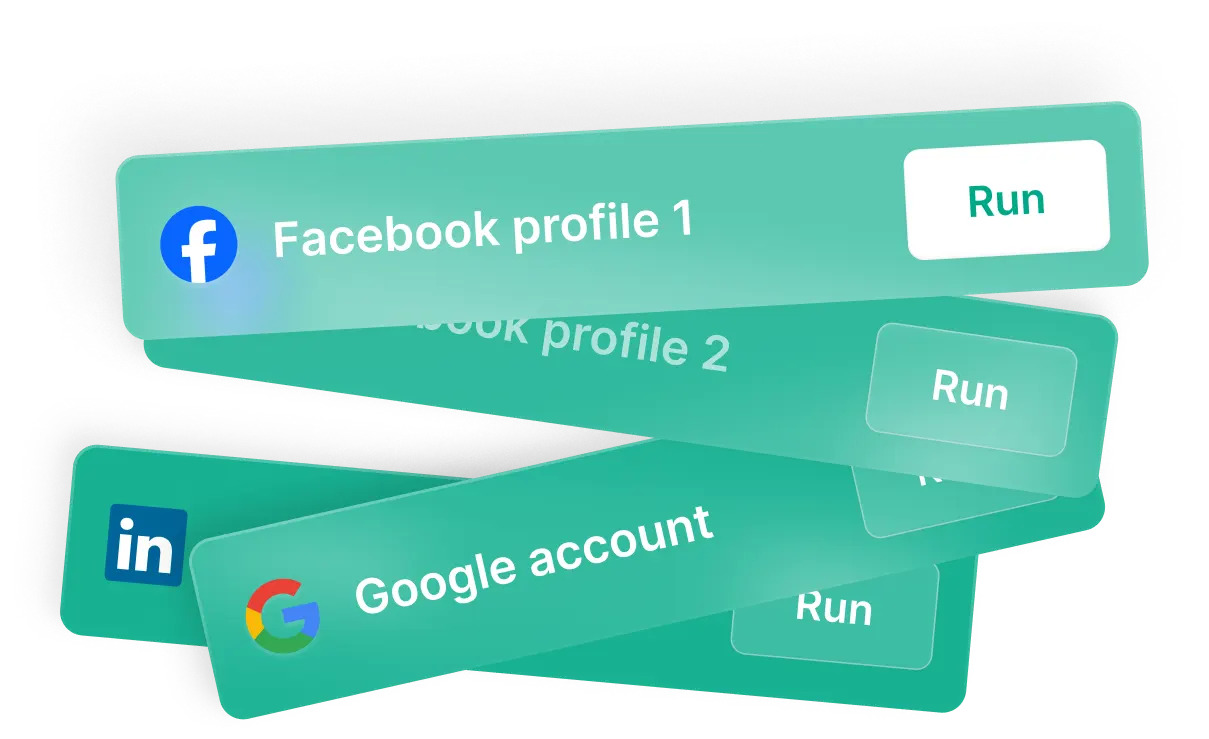Canvas Fingerprinting is a type of modern online tracking technique that allows websites to uniquely identify and track visitors using HTML5 canvas element instead of browser cookies.
In canvas fingerprinting, when a user visits a website, the site’s code instructs the user’s web browser to draw a hidden graphic. Since each computer draws the graphic slightly differently based on its specific hardware and software setup (including GPU, operating system, drivers etc.), this creates a unique identifier or ‘fingerprint’ for that device. This fingerprint can then be used by advertisers or website owners to track users across different sites even if they clear their cookies.
Canvas Fingerprinting Usage & Concerns
Canvas fingerprinting is widely used in online advertising for behavior-based ad targeting. It helps advertisers create detailed profiles of users based on their browsing habits without needing explicit consent like with traditional cookie-based tracking methods.
Despite its widespread use, it raises privacy concerns as it operates without user knowledge or consent and can’t be easily blocked unlike traditional cookies. Modern canvas fingerprinting can be beaten only with top level anonymity tools that provide a browser fingerprinting protection mechanism, such as GoLogin.
Pros For Website Owners:
- Persistence: Unlike cookies, canvas fingerprints cannot be easily deleted, managed or blocked by users.
- Cross-Browser Tracking: It allows website owners to track users across different browsers on the same device, which is not possible with traditional cookies. This ensures extra safety, for example, on banking platforms.
- Ad-Blocking Resistance: As it doesn’t rely on third-party cookies, it can bypass most ad-blocking tools and privacy settings.
Cons:
- Privacy Concerns: It operates without user knowledge or consent and thus raises serious privacy issues.
- Inaccuracy: The accuracy of canvas fingerprinting as a tracking method can vary due to factors like browser updates or changes in system fonts.
- Legal & Ethical Issues: Due to its invasive nature, use of this technique may violate data protection laws in certain jurisdictions and could potentially harm a company’s reputation if misused.
